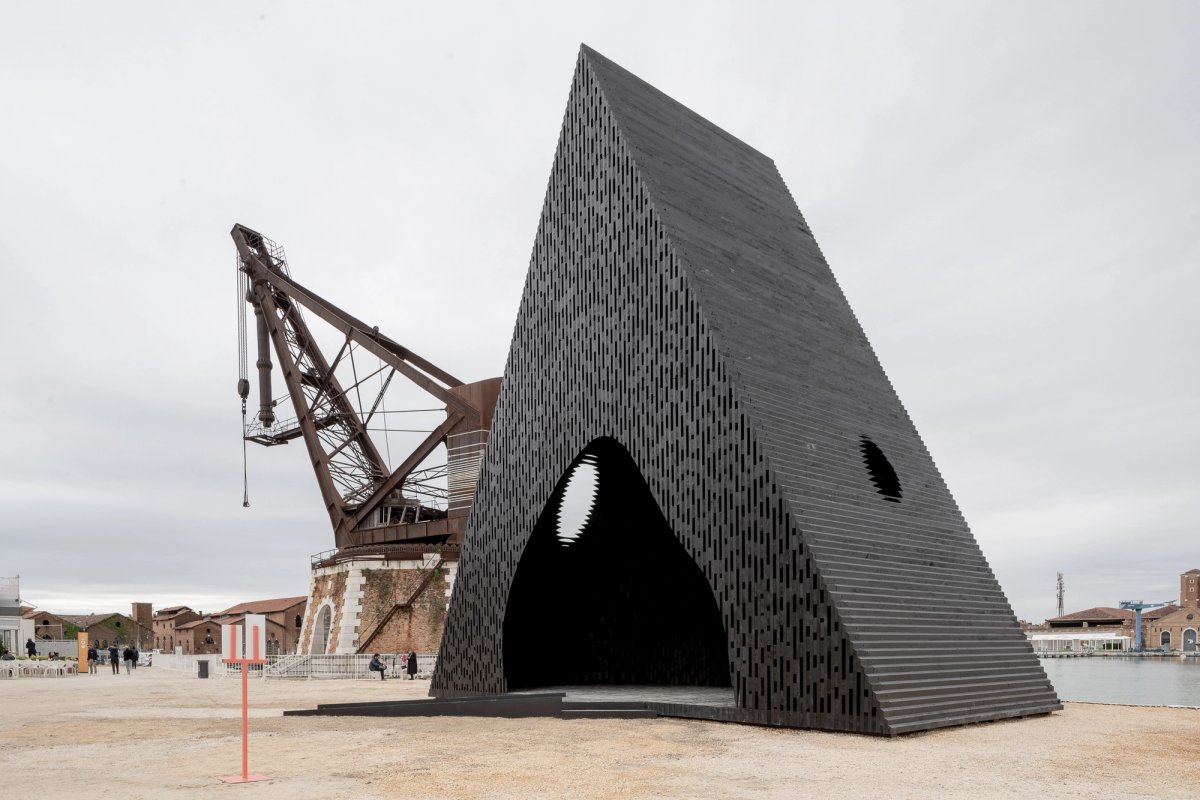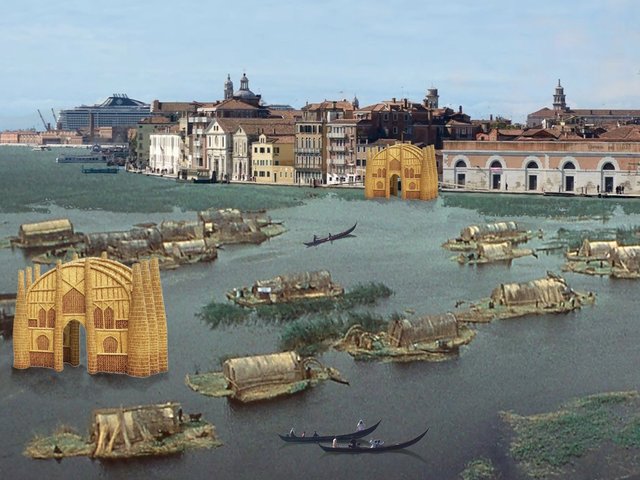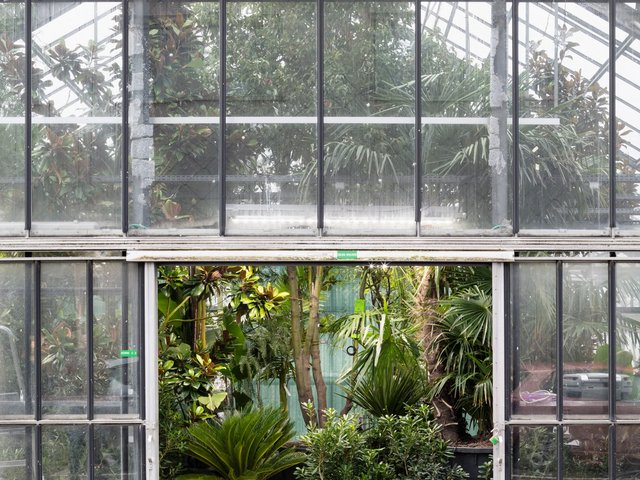James Baldwin observed that some people wish to colonise the moon while others “dance before it as an ancient friend”.
His words were a specific inspiration for the British Pavilion at the 18th Venice Architecture Biennale but could be seen as informing the whole of this year’s event. The overall theme is the Laboratory of the Future, with sub-themes of decarbonisation and decolonisation set by the architect, educator and novelist Lesley Lokko.
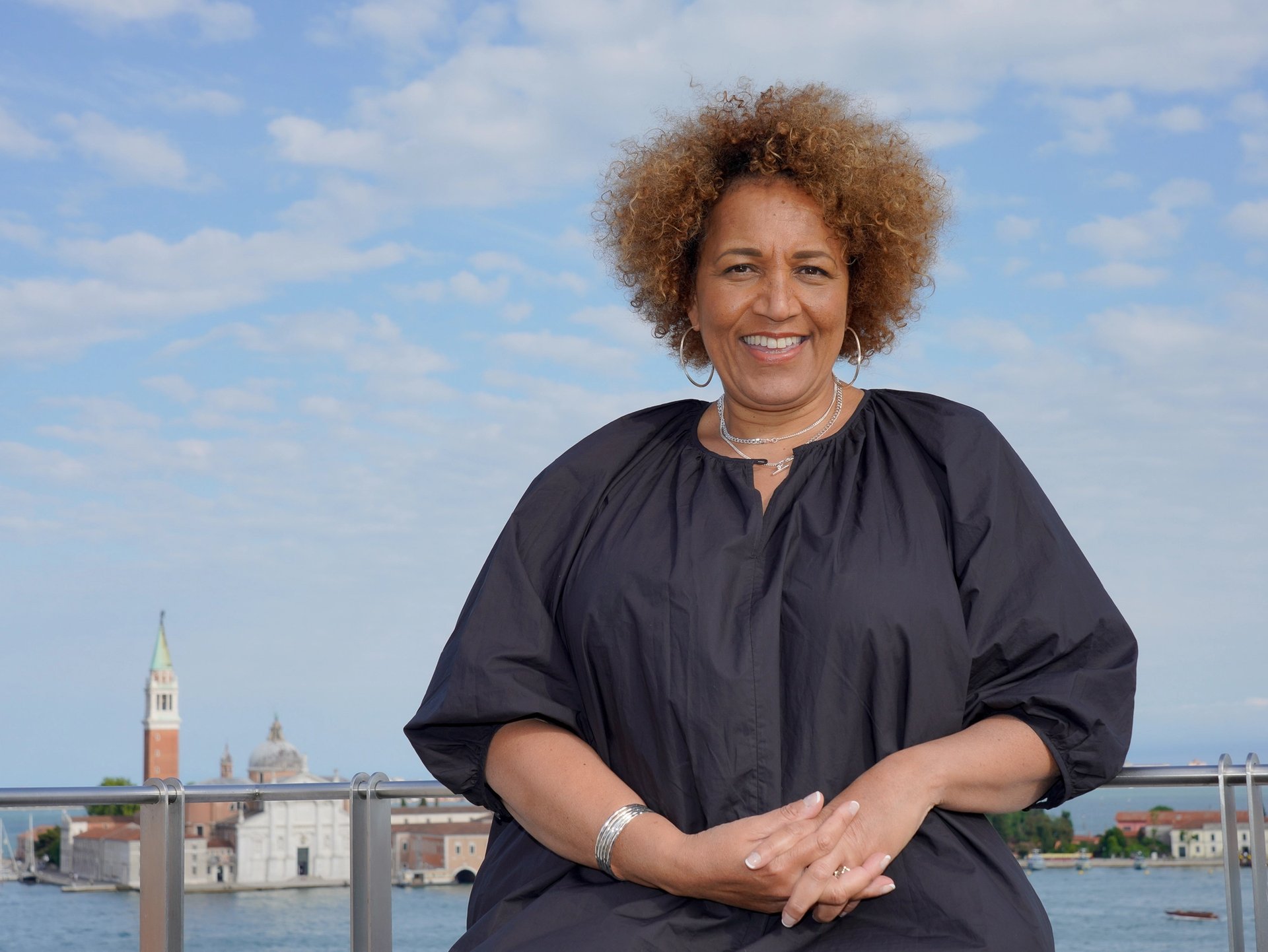
Lesley Lokko, curator of the 2023 Venice Architecture Biennale
Photo: Andrea Avezzu. Courtesy: La Biennale di Venezia
Of Scottish-Ghanaian heritage, Lokko is the first person of African descent to have curated the event and she has centred architecture’s marginalised voices in the Biennale sections she directly curates – the central pavilion and the Arsenale. More than half of the participants here are from Africa or the African diaspora, there is an equal gender balance, and the average age is far younger than usual with most from small or solo outfits. The architectural narrative is incomplete without these people and their work, argues Lokko. “Africa,” she notes, is the continent “with the world’s youngest population, the fastest urbanisation… often at the expense of local ecosystems—so we are at the forefront of climate change too.”

Olalekan Jeyifous’s joyous Afrofuturist fantasies in the main pavilion
Photo courtesy: La Biennale di Venezia
Highlights of the central pavilion include: Ibrahim Mahama’s Parliament of Ghosts, a reprise of his 2019 Manchester International Festival installation that excavates colonial detritus, using plastic seating and cupboards to build a debating chamber; Theaster Gates moving and uplifting documentary that tracks 10 years of the Black Artists Retreat in Chicago; and Olalekan Jeyifous’s joyously imagined 1970s floodplain transport hub—all Afros and monorails.
Those looking for a conventional architectural show of models, drawings, and full-sized mock ups will be disappointed. David Adjaye’s room of large beautiful models for projects ranging from a national cathedral for Ghana and a museum for a slave burial site in Barbados is an exception and show the world’s most successful Black-led practice in its deserved pomp.
Across the sites, though, there is heavily reliance on film which, while in some cases absolutely the right medium, in others is too often a substitute for experiential materiality in the present—the effect can be to distance and flatten.

A contender for the Golden Lion? Girjegumpi: The Sámi Architecture Library by Joar Nango and collaborators at the Nordic Countries Pavilion. Photo/ Laurian Ghinițoiu (2023). CC BY-SA 4.0
There are honourable exceptions to this. A Golden Lion contender is surely the Nordic Pavilion’s exploration of nomadic Sámi culture across the arctic lands of Norway, Sweden and Finland. Led by artist-architect Joar Nango’s Girjegumpi (a compound word conjuring a library and a mobile hut on sledges), it is both a literal library, a social space and an archive of crafts and techniques: stitching, painting, carpentry, reindeer and seal hides, shelters held together without the benefit of nails. It is a friendly cultural lumber room, a fluid, highly collaborative sculpture full of the scents of cut timber and leather. Germany's pavilion too has turned archive, becoming a salvage yard for recycled building materials from previous Biennales.
The British Pavilion shows crafted objects that challenge the building’s classical form – of a type re-exported across the empire. The British Council appointed a curatorial team made up of young Britons with various heritages who have in turn appointed artists celebrating diverse communities and the UK's cosmopolitan and syncretic cultures. Visitors are greeted with two long pans hanging from the pavilion’s columned loggia—one a Trinidadian-style steel pan that can be played, the other a Cypriot cooking vessel—encapsulating curator Jayden Ali’s personal heritage. Inside, objects include Mac Collins’s exuberant, oversized and abstracted piece celebrating British Caribbean pub dominos with what looks like a giant ebonised-ash Pokémon figure. The concept, says co-curator Joseph Henry, is playful and “additive rather than erasure".
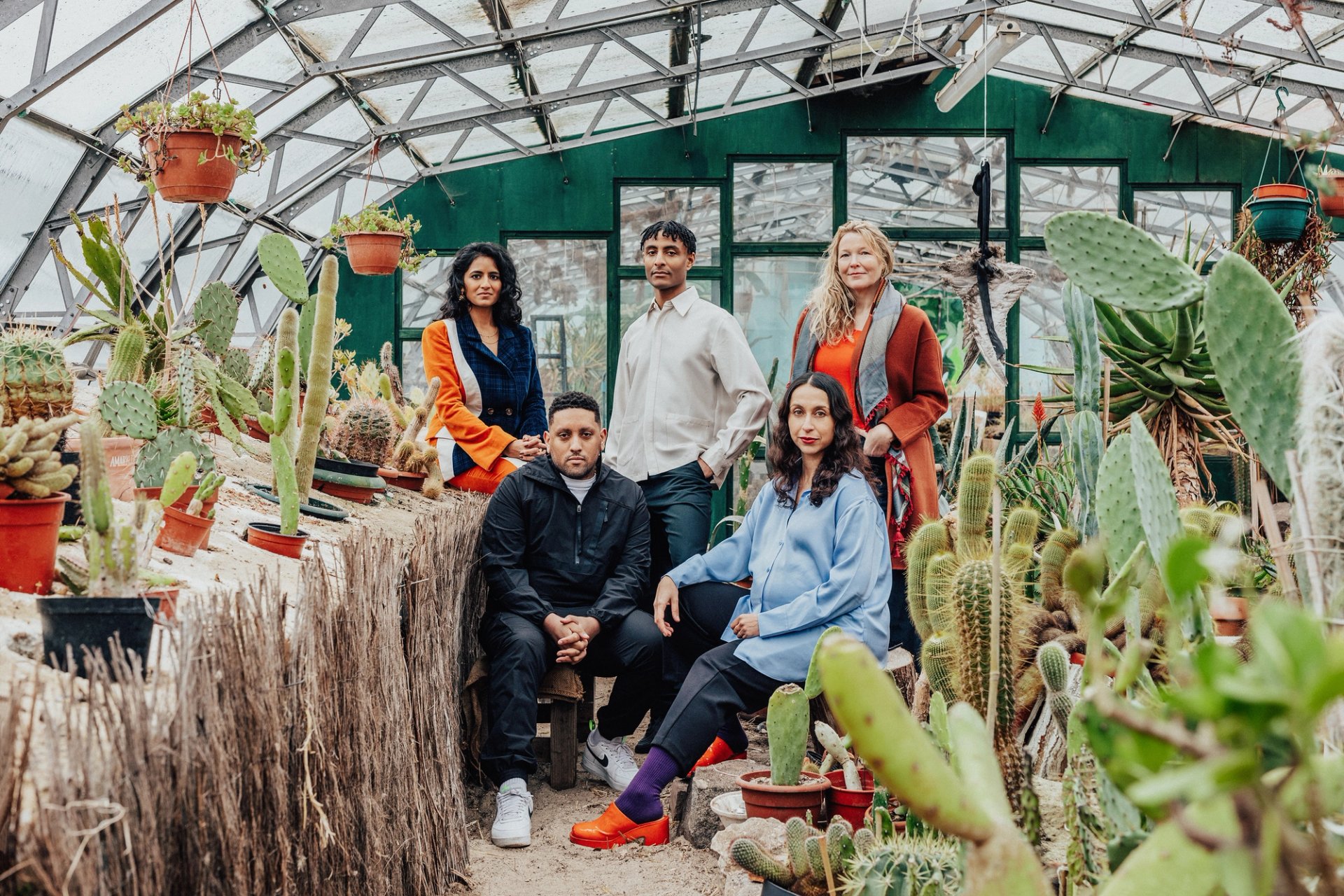
British Pavilion curators and British Council commissioner - Meneesha Kellay, Joseph Henry, Jayden Ali, Sumitra Upham and Sevra Davis - taken at Black Rootz community garden in North London © British Council
Notably absent are architecture’s big beasts—the wealthy architectural practices that dominate the Biennale in some editions. This brings welcome opportunities to those without access to such privileged circles and their commensurate resources. It also means that some displays feel somewhat more under-powered or sparsely presented than previously (hence the reliance on film rather than costly physical installations?). But this should be seen as its own commentary on power rather than a critique. Most participants don’t have the funding of Europe’s commercial office builders backing them up.
These imbalances were made explicit in the Italian government’s ugly decision to deny visas to three of Lokko’s Ghanaian team members on the unsubstantiated grounds that they might overstay: "Not all teams are equal," Lokko remarked in her opening press conference.
Among the most powerful displays were three dealing with evidence: Alison Killing’s architectural investigation of concentration camps in Xinjiang, China, capable of holding 1 million minority inmates at once; Paulo Tavares’s tracing of the ethnically cleansed Indigenous village sites in Brazil in the 1960s; and The Nebelivka Project, Forensic Architecture and David Wengrow’s installation that analyses the archaeological record of a 6,000-year-old Ukrainian city. It builds on Wengrow and David Graeber’s 2021 hit book The Dawn of Everything, to demonstrate that the evolution of human civilisation from hunter-gatherer to farmer to urbanite does not inevitably mean racism, hierarchies, exploitation and autocratic governments. The material evidence shows that there have been lived alternatives. And there are again.
The 18th Venice Architecture Biennale runs until 26 November


